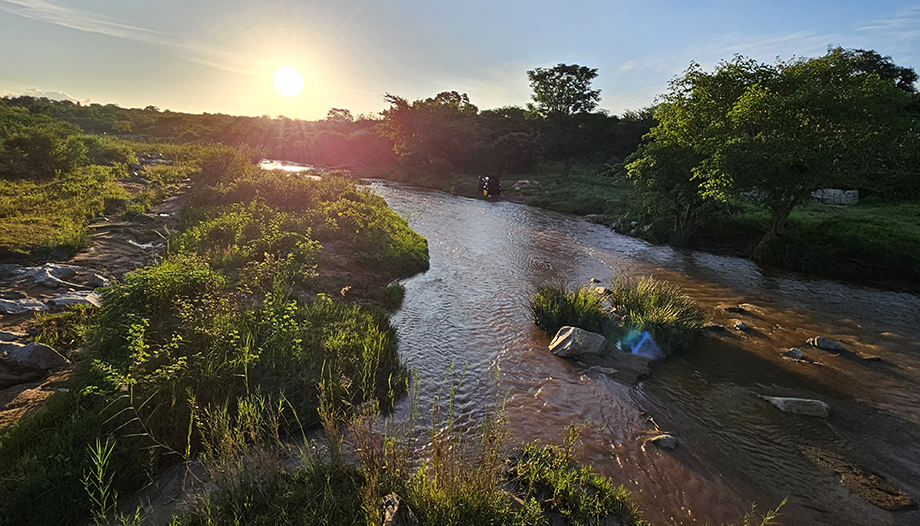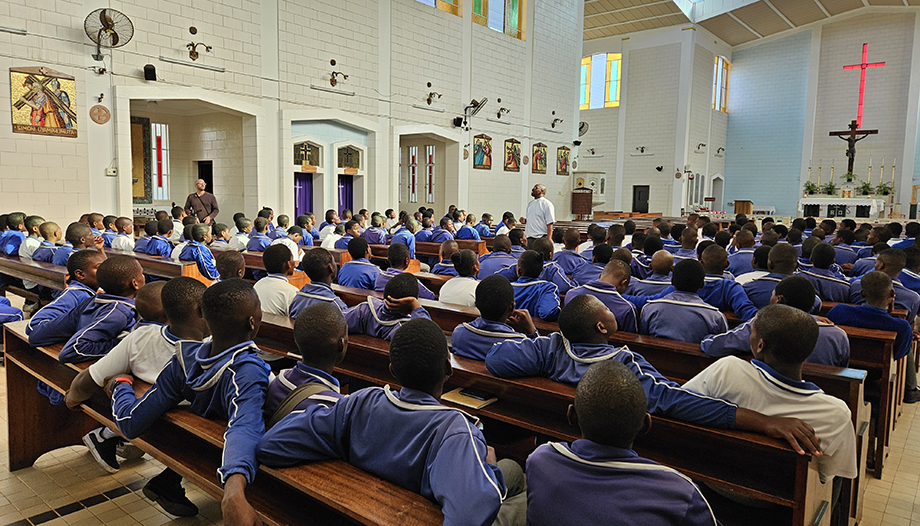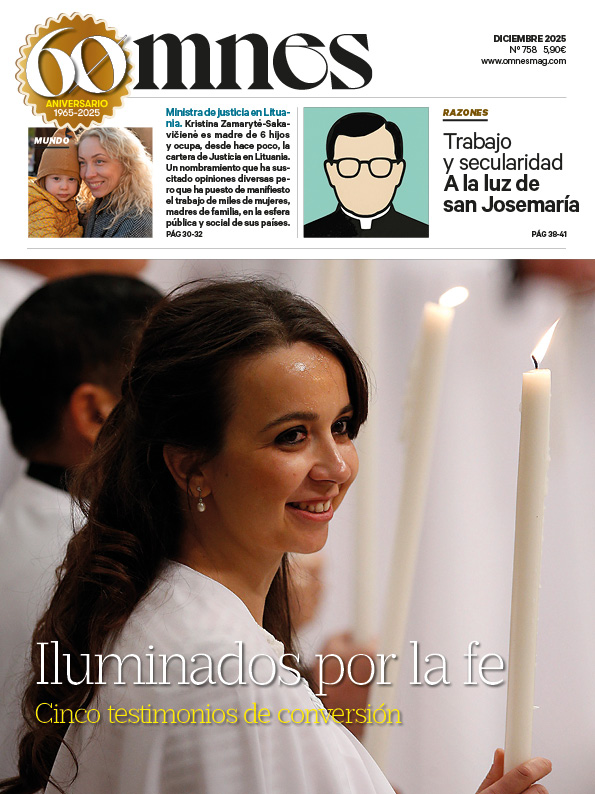Typical elements of traditional Swazi society and landscape were the beehive-shaped huts covered with dry grass. Some of them can still be seen today, touring the country.
In a typical village, the chief (often polygamous) had several huts, one for each wife, including a larger one occupied by his mother.
This tradition is preserved in the country's monarchy, where the figure of the queen mother is of great importance. Although the king (Ngwenyama) is the supreme head of state and of the nation and currently holds legislative and executive power (normally the succession to the throne follows a dynastic line, from father to son, but it may happen that the Liqoqo, or Supreme Council composed of traditional leaders), the queen mother, known as Indlovukazi (Great Elephanta), is considered a maternal and protective figure, the queen mother, known as Indlovukazi (Great Elephanta), is considered a maternal figure and protector of the nation and the royal family, to the extent that she is often consulted by the monarch on important matters relating to the nation and the Swazi people.
Her role is to advise and guide the monarch in his decisions, as well as to preserve and promote the traditions and cultural values of Swaziland and, in the event that the king is young or unfit to rule, the queen mother may assume the position of regent until the child reaches adulthood or until the king proves himself fit to rule.
2 key quotes
The two most important public ceremonies in the country require the presence not only of the king, but also of the queen mother.
The first, the Incwala ("ceremony of the first fruits" or "ceremony of the royalty"), is celebrated on December 21 (beginning of the austral summer) on the pretext of offering the first fruits of the harvest to the king. The second, better known, is the Umhlanga, of eight days of duration, in which the virgins of marriageable age cut reeds, present them to the queen mother and then dance with the naked torso before her and the king. The origin of Umhlanga, whose main purpose is to promote chastity and community work, goes back to an ancient custom, Umchwasho, a traditional ritual of sexual abstinence in which unmarried women were not allowed to have sexual relations. Young girls were required to wear necklaces usually made of wool and placed around the neck like a scarf (those under 18 were required to wear blue and yellow necklaces and were not allowed to have any contact with men, while those over 19 wore a red and black necklace and, although they were allowed to have contact with men, they were not allowed to have sexual relations with them). The person or family of the girl who violated Umchwasho was sentenced to pay a fine (usually a cow).
The traditional Umchwasho ritual continued, especially between 2001 and 2005, when King Mswati III reintroduced it in the country to combat the AIDS epidemic, encountering the opposition of many women who refused to wear the obligatory headscarf. The king himself, by the way, was fined a cow for marrying during the Umchwasho period.
Another typical traditional element of the Swati culture is the sangoma, a soothsayer often consulted by the population for the most diverse reasons, including determining the cause of an illness or even death.
Religions in eSwatini
Much of the population of eSwatini is nominally Christian: Protestants make up 35% (the country's first missionaries arrived with the British colonizers), Amazionists 30% and Catholics less than 5%. There are also animists and small minorities of Muslims (1%) and Hindus (0.15%).
The AmaZions
The AmaZions, also known improperly as "Zionists" (Zion Christian Church), are a syncretic religious community present in Swaziland (present-day sWatini), as well as in other parts of southern Africa. Their worship combines Christian elements, such as baptism, with other traditional rituals typical of local animism (e.g., shamans dressed in white with a staff in hand). Their faith is characterized by a strong sense of spirituality, ancestor worship and belief in the power of divine healing and spiritual protection. Music and singing are an integral part of their religious services, which often involve fervent celebrations and worship.
The founder of this cult is considered to be the South African Engenas Lekganyane, who established the Zion Christian Church in South Africa in 1910, but in reality the origin of this "Church" goes back to Petrus Louis Le Roux, a member of John Alexander Dowie's Christian Church based in Zion (USA), from which Lekganyane later separated.
The AmaZions began to settle in Swaziland during the 20th century, bringing with them their faith and religious practices. Their presence was gradually consolidated, with the formation of communities and congregations that play an important role in the social and cultural life of Swaziland.
AmaZions, as well as Protestants and Catholics, coexist peacefully in eSwatini and the communities and their leaders often exchange courtesy visits on the occasion of their respective traditional festivals, in addition to collaborating on various social initiatives.
The Catholic Church
During our trip to Swaziland, we were able to see how fundamental the Catholic community (less than 60,000 faithful out of a population of 1,161,000) is to the life of the country.
Introduced in Swaziland by the first missionaries who arrived in 1913, the Servants of Mary, Catholicism has always stood out for its primary and secondary education.
The only diocese present is that of Manzini, a suffragan of Johannesburg (the country is part of the South African Bishops' Conference), with 18 parishes, 33 priests and 3 seminarians. It also manages no less than 75 schools (the most important and prestigious in the whole country) and 25 charitable institutions.
Over the years, the Catholic Church has established numerous primary and secondary schools in Swaziland, providing quality education to thousands of young people (regardless of ethnicity or religion). These educational institutions have played a major role in the development of education in the country and have contributed to the formation of generations of students, including several members of government and key national institutions. In addition to schools, the Catholic Church has also founded hospitals, clinics and other health services to provide adequate medical care to the entire community.
During our trip we were able to meet the only bishop of Swaziland, Msgr. Juan José Ponce de León, an Argentinean missionary and formerly bishop in South Africa, initially sent by Pope Francis to Manzini as apostolic administrator and later appointed bishop of that diocese. Mgr. Ponce de Leon spoke as a true leader, far-sighted and very intelligent in dealing with the complex local reality (made of tribalism and Christianity often mixed) and expressed the need for the local Church to count on local priests and nuns not only as reference figures at the pastoral level, but also in communication and formation.
In fact, Bishop Ponce de Leon reiterated that the Catholic Church in Swaziland runs the best schools and hospitals in the country, and that many Swazi political leaders have studied in Catholic schools, even if they belong to Protestant sects or to the syncretic Zionist creed. The Catholic bishop, therefore, is considered as a kind of ideal representative of all the Christians of the country before the government and enjoys great authority before all the inhabitants of Swaziland.
The Catholic Church has also always supported the promotion of social justice, human rights and the dignity of the person in a country where a role of mediation and awareness-raising on major social issues such as poverty, inequality and the fight against AIDS is more necessary than ever.
The contribution of the Catholic Church, and of the other local Churches, and of Catholic missionaries has been great (we were able to meet the missionaries of St. Francesca Cabrini at the mission of St. Philip, walking through desolate stretches of red earth mixed with dense vegetation and villages scattered with huts) in the fight against the scourge of HIV in Swaziland. We were able to meet the missionaries of St. Francesca Cabrini at the mission of St. Philip, walking through desolate stretches of red earth mixed with dense vegetation and scattered villages of huts) in the fight against the scourge of HIV in Swaziland (the country, which had the highest incidence rate of the disease in the population and one of the lowest life expectancies in the world, thanks to prevention and treatment provided, has seen the life expectancy of its inhabitants double in a few years and the incidence of the virus halved).
The role of the missionaries, priests, nuns and lay personnel who run these facilities is also to exercise the authority available to the Church to persuade people, especially pregnant women, to get tested for HIV, to prevent transmission of the virus to the fetus through antiretroviral therapy, tuberculosis testing and treatment, and to provide adequate information for the prevention and treatment of cervical cancer to young women.

Impressions of the trip
I return to Rome excited and amazed by Africa, by its bright colors, by the lively people I met, especially young people and children, who competed to greet me and shake my hand. I will remember the sunsets on the dusty roads, of a crimson red that warms the heart, the smiles of the people, the generosity of the welcome and, above all, the children, dozens of them on the sandy roads, at dawn or after sunset, to walk kilometers and kilometers just to get to school and return home at the end of the day.
And I ask myself: where do dreams come from? I remember that as a child, in a small village in southern Italy, it was easy for me to be content and to think that the world ended where the forest began. Is it possible, then, to be happy, to be content with what one has, even in the midst of poverty, of epidemics that kill lives, in the absence of those small and great certainties of Western man of which there is not even a shadow in Africa?
After all, all it takes is a piece of tin or a plastic bottle to play with, a little food to fill the stomach and a lot of affection to warm the soul and make a child happy, in Africa as in the rest of the world. What does it take to make a man happy?







